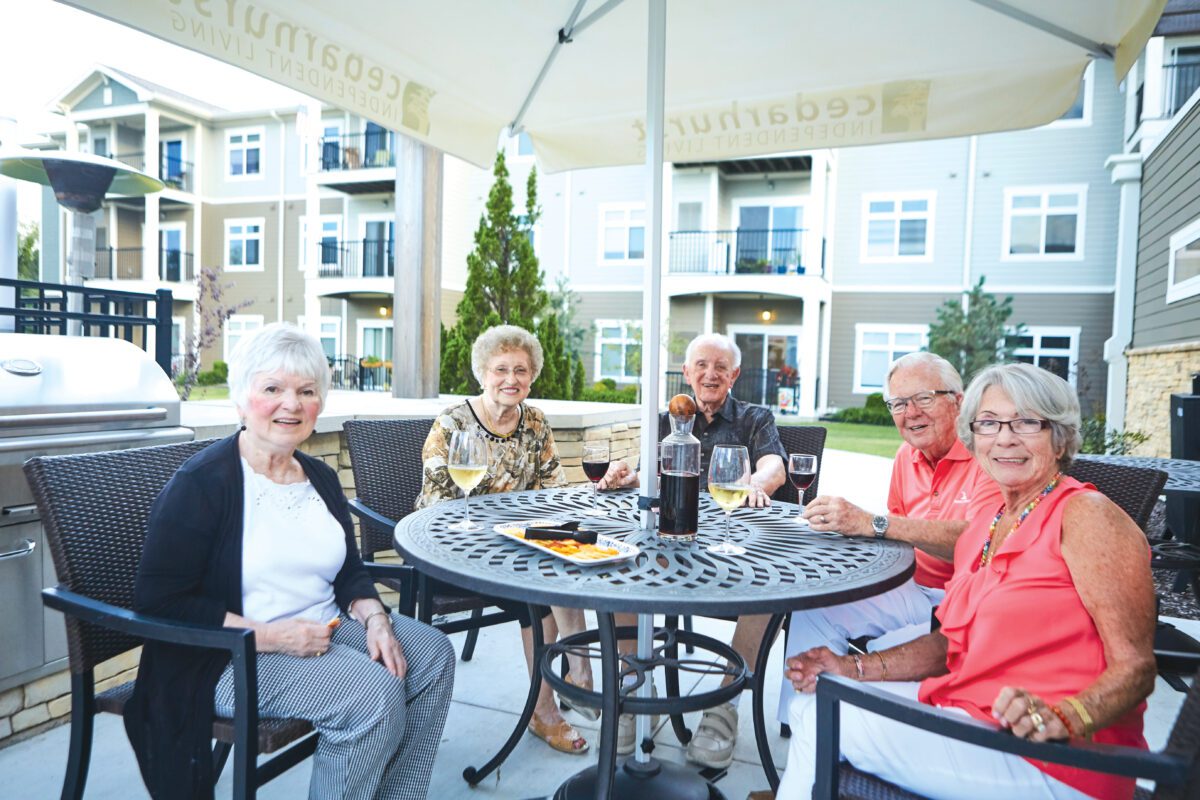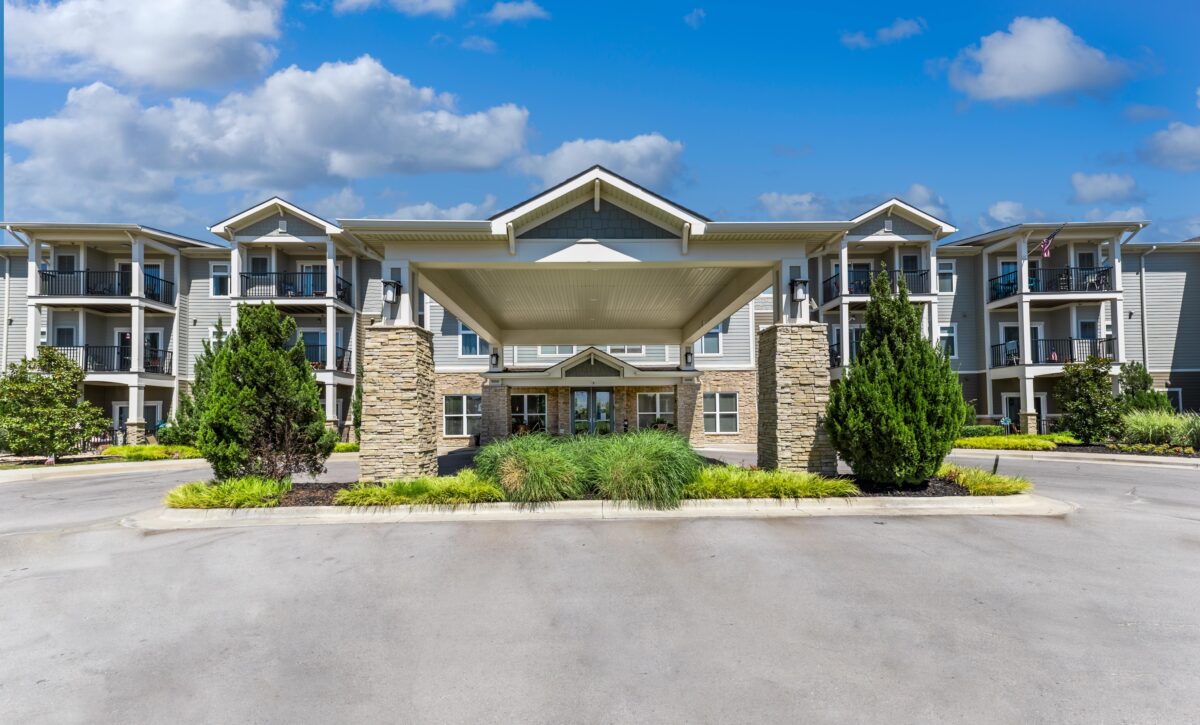As we close out the year and begin to make plans for the future, many may be considering switching up their living situations. For those who are nearing retirement age, the idea of downsizing and shedding some homeowner responsibilities may be appealing. But these same people may be wondering: What are the benefits of retirement communities? What options are available? How can I best make the decision that’s right for me?
“Contrary to what a lot of people believe, a continuing care retirement community – also known as a life plan community – is not about healthcare; it is about healthy living. Healthcare is simply one of the amenities,” says Cari Bashaw, director of sales at Covenant Living at Inverness.
Care Offerings
From the on-set, it is important to understand your options when it comes to types of care. The five main types are independent living; assisted living; long-term care or skilled nursing; rehabilitation; and memory care.
“In independent living, residents are typically at a point where they desire a little assistance with non-medical activities like cooking, shopping and housekeeping,” says Stacy Axsom, director of sales at Cedarhurst of Woodland Hills. “However, they can manage daily medical needs independently.”
For residents who need some support and medical assistance at the ready, “assisted living provides delicious meals and helping hands throughout the day and night,” says Bashaw.
Once round-the-clock medical care and supervision is needed, it is time for long-term care or skilled nursing. Here, family members can be confident their loved one is receiving quality care and attention, says Bashaw.
Rehab care may be required after a major medical procedure or illness, and memory care is for those diagnosed with dementia. A doctor typically helps make these placement decisions.

Enrichment Opportunities
But regardless of the level of care that a resident may need, there are many enrichment options available within a retirement community. In fact, one of the benefits of living in a more communal space as we age is the availability of activities to keep bodies and minds active.
“Our goal is to provide meaningful engagement opportunities at all stages of living,” says Sharon Goforth, resident life director at Covenant Living at Inverness. “Therefore, as much as possible, we do not silo activities into living areas or levels of care.”
But Goforth mentions that there are classes offered with a special consideration toward differing levels of physical wellness, stamina and mental acuity.
As an independent living community, Cedarhurst at Woodland Hills offers a variety of activities, including outings to museums and restaurants, book clubs, water aerobics, happy hours and movie nights, according to Axsom. And if residents or family members have ideas for new activities, all they have to do is ask.
“If they know of hobbies or games our residents love, our staff is more than happy to incorporate them into the schedule,” says Axsom. Family members should feel welcome to join in many of the activities as well.
Covenant Living at Inverness also employs a resident committee to help organize and promote the activities offered.
“When planning activities … it is critical that options are resident centered,” says Goforth. “For us, that means that a resident committee collects ideas and helps with implementation.”

What to Think About
If having access to these types of amenities is beginning to sound appealing, it is time to consider what else is important for your lifestyle and happiness as you age. There are many questions to be asked and answered when choosing a new residence, especially if you are looking into the options for retirement communities.
“Proactivity is key here. Rather than waiting for a triggering event like a fall, planning ahead is encouraged,” says Axsom. “This allows you to have full control over the transition into a senior living community.”
Bashaw recommends paying attention to several different aspects of the community: level of care, credentials, amenities and cost.

As mentioned before, the level of care required should be carefully considered, and perhaps even evaluated by a doctor. Earlier is always better. Bashaw reminds those searching that the state inspects every care center, and those reports are available upon request. Cost is always a difficult discussion, but should be addressed in a straightforward manner – payment options may be more flexible than potential residents initially assume.
Making visits to top choices for communities is a vital step in the research process. Carefully observe interactions between residents and staff. Does everyone appear happy to be there and respectful of each other? Ask yourself other questions, like: Can I envision myself living here?
After thorough research has been done and all questions answered, Axsom recommends trusting your instincts.
“You will know when it feels right for you – a place where you’re comfortable, welcomed and supported,” she says.























